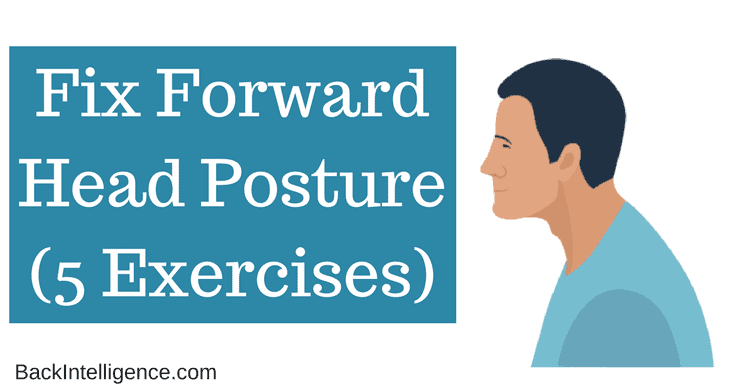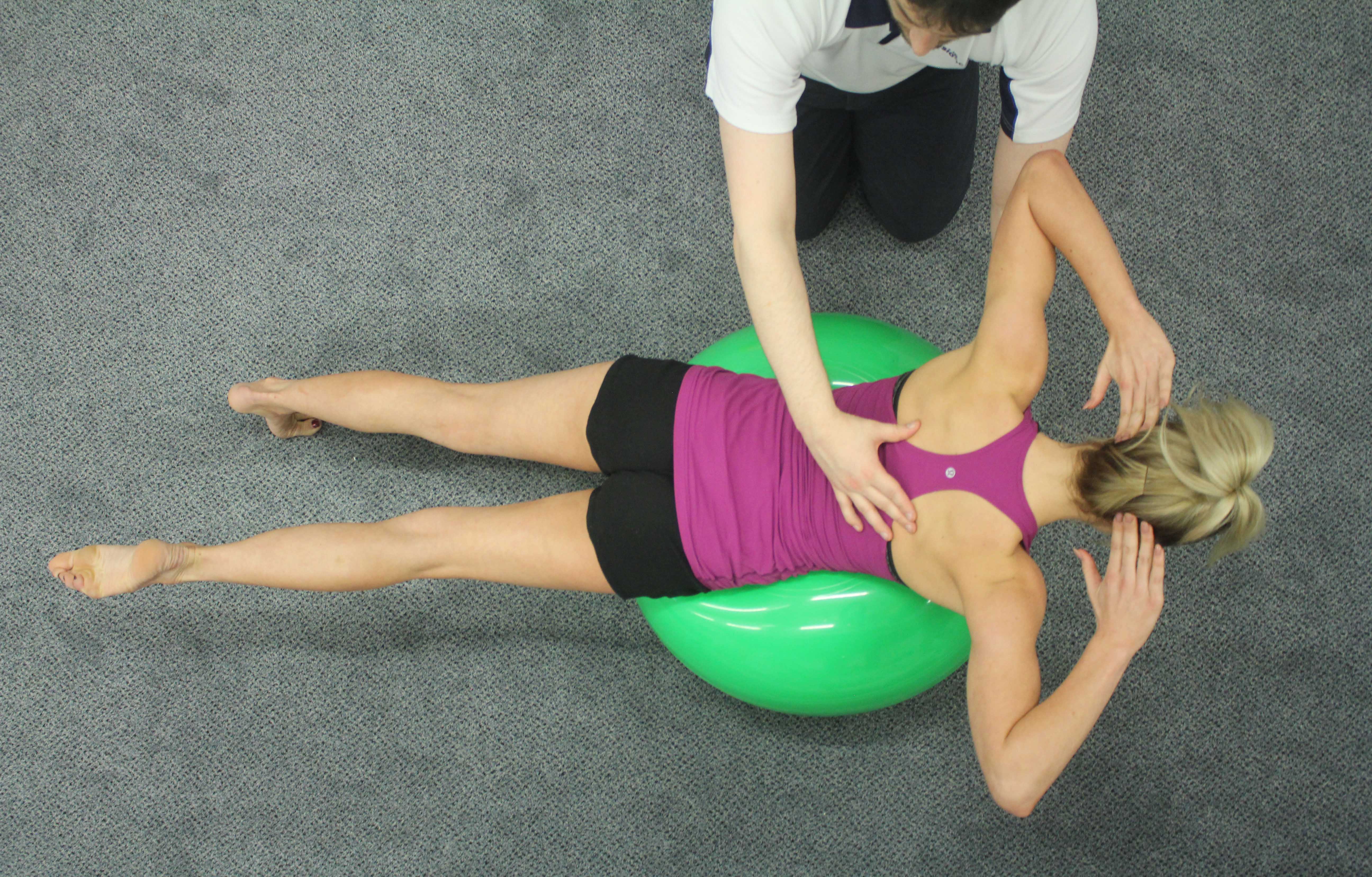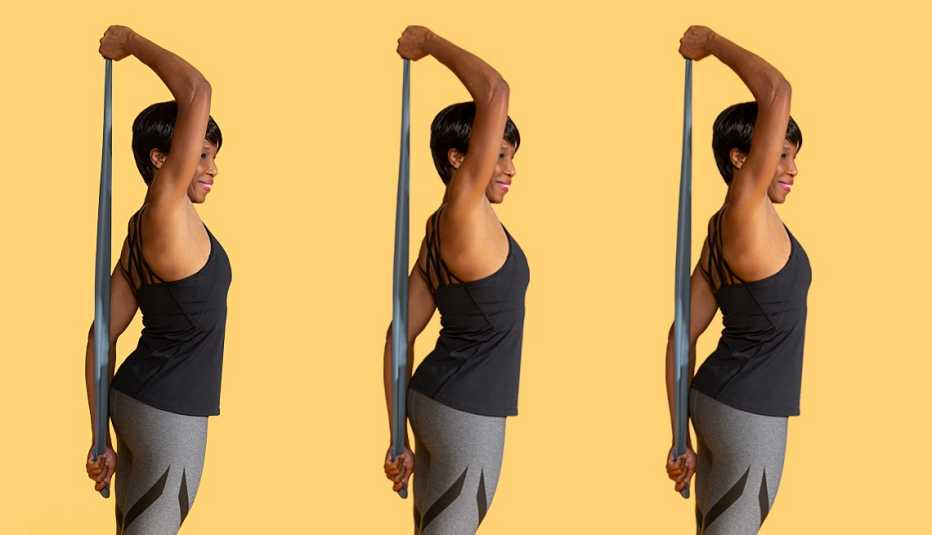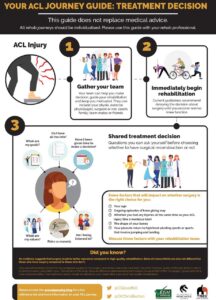Physical Address
304 North Cardinal St.
Dorchester Center, MA 02124

Physical therapy exercises such as stretching and strengthening can improve posture by correcting muscle imbalances and promoting proper alignment of the spine and body. These exercises target the muscles that support good posture, helping to relieve pain and improve overall posture and mobility.
Good posture is essential for maintaining a healthy spine and preventing musculoskeletal problems. Poor posture can lead to muscle strain, joint pain, and increased risk of injury. Fortunately, physical therapy exercises can help correct postural imbalances and improve overall posture.
By targeting specific muscles, these exercises can strengthen weak muscles and stretch tight ones, promoting proper alignment of the spine and body. This can help alleviate pain and tension, as well as improve mobility and balance. We will explore some effective physical therapy exercises that can help improve posture and promote a healthy spine. These exercises are safe and can be easily incorporated into your daily routine. So let’s dive in and discover how you can achieve better posture through these exercises.
Good posture is essential for maintaining a healthy and pain-free body. It entails the proper alignment of the different parts of your body, such as the head, neck, spine, and limbs. By understanding the significance of good posture, you can take the necessary steps to improve it and prevent potential health issues. Let’s delve into the ways in which good posture alignment affects your overall well-being!
Posture alignment refers to the optimal positioning of your body parts to promote balance and stability. It involves keeping your spine in its natural curves, with your shoulders back, and your head aligned with your neck and spine. When your body is in proper alignment, the muscles and joints work efficiently, reducing the strain on your body and enhancing overall function.
To maintain good posture alignment, it is essential to become aware of your body’s position throughout the day. Take note of slouching, hunching, or rounding of the shoulders, as these can indicate poor posture. By consciously adjusting your position and incorporating posture exercises into your routine, you can gradually improve your alignment and reap the benefits.
Poor posture not only affects your physical appearance but also has detrimental effects on your overall health. Slouching or sitting in a hunched position for extended periods can lead to muscle imbalances, joint stiffness, and even chronic pain. Here are some common health issues caused by poor posture:
| Health Issues | Causes |
|---|---|
| Back pain | Prolonged slouching or hunching can strain the muscles and ligaments in your back, leading to discomfort and pain. |
| Neck and shoulder pain | Forward head posture, commonly associated with poor posture, can strain the neck and shoulder muscles, resulting in pain and stiffness. |
| Headaches | Poor posture can contribute to tension headaches, as the muscles in your neck and upper back become strained. |
| Decreased lung capacity | Hunching or slouching restricts the space available for your lungs to expand fully, decreasing your lung capacity and affecting breathing efficiency. |
These are just a few examples of the negative effects poor posture can have on your health. By recognizing the importance of good posture and putting effort into correcting it, you can mitigate these issues and improve your overall well-being.
Remember, maintaining good posture is not only beneficial for your physical health but also for your confidence and self-esteem. By practicing posture exercises and making conscious adjustments to your daily activities, you can achieve proper alignment and experience the positive impact it has on your life.
.png)
Credit: www.physiotattva.com
Correcting posture problems is important for preventing discomfort and injury. Physical therapy exercises for posture can help strengthen muscles and improve alignment. With consistent practice, these exercises can alleviate common posture issues and promote better overall posture and body mechanics.
Intro:When it comes to improving posture through physical therapy, implementing specific strategies can make a significant difference. Physical therapy strategies for posture enhancement encompass a wide range of exercises and techniques designed to address muscular imbalances, flexibility limitations, and overall body alignment. The integration of strengthening exercises, stretching routines, and posture correction techniques is essential for achieving optimal posture and maintaining musculoskeletal health.
Strengthening exercises play a crucial role in correcting posture by targeting weakened muscles and promoting better body alignment. These exercises primarily focus on the core muscles, back muscles, and the muscles supporting the spine. Effective strengthening exercises include plank variations, bird-dog exercises, and hip bridges. Performing these exercises regularly can help build strength and stability in the key muscle groups related to posture.
Stretching routines are vital for improving flexibility and relieving muscle tightness, which are common contributors to poor posture. Incorporating stretching exercises, such as chest stretches, upper back stretches, and hamstring stretches, can help elongate the muscles and promote a more balanced posture. By regularly incorporating stretching into a physical therapy regimen, individuals can alleviate tension in the muscles and improve their overall posture.
Posture correction techniques are pivotal for addressing poor postural habits and promoting better body alignment. These may involve ergonomic assessments, practical advice on proper sitting and standing positions, and the use of corrective aids such as posture braces or supports. Additionally, physical therapists can provide personalized guidance on how to maintain proper posture during daily activities and incorporate postural cues into everyday movements.

Credit: www.physio.co.uk
Sitting for long hours can impact your posture. Simple exercises can help. Try:
Maintain a good standing posture with these exercises:
Make ergonomic adjustments to your workspace for better posture:
| Adjustment | Benefit |
|---|---|
| Correct chair height | Supports spine alignment |
| Monitor eye level | Reduces neck strain |
| Keyboard placement | Prevents wrist pain |
Before starting any posture-improving exercises, it is crucial to consult with a physical therapist.
They will assess your posture and design a customized plan to address your specific needs.
Professional guidance ensures exercises are suitable for your body and help prevent injuries.
Physical therapists create tailored treatment plans based on your postural issues and strengths.
These personalized plans target specific muscle groups to improve posture.
By following a customized plan, you can achieve better posture and overall body alignment.

Credit: www.aarp.org
Yes, physical therapy can help correct posture by focusing on strengthening and stretching specific muscles to improve alignment and balance. With targeted exercises and techniques, physical therapists can address postural issues and promote proper alignment, reducing pain and improving overall posture.
The exercise that works best for correcting posture is the plank. It strengthens your core muscles, which helps support your spine and align your body properly. Doing the plank regularly can improve your posture and prevent slouching.
Yes, you can correct years of bad posture with conscious effort, regular exercise, and proper ergonomic support. Strengthening exercises and practicing good posture can help realign the body over time. Seeking professional help from a physical therapist or chiropractor can also be beneficial.
Yes, posture correction exercises can be effective in improving posture by strengthening muscles and promoting alignment.
Good posture is essential for overall health and well-being. By incorporating these physical therapy exercises into your daily routine, you can improve your posture and reduce the risk of related health issues. Remember to consult with a professional before starting a new exercise program, and be consistent with your efforts to see lasting results.
Your body will thank you for it!

